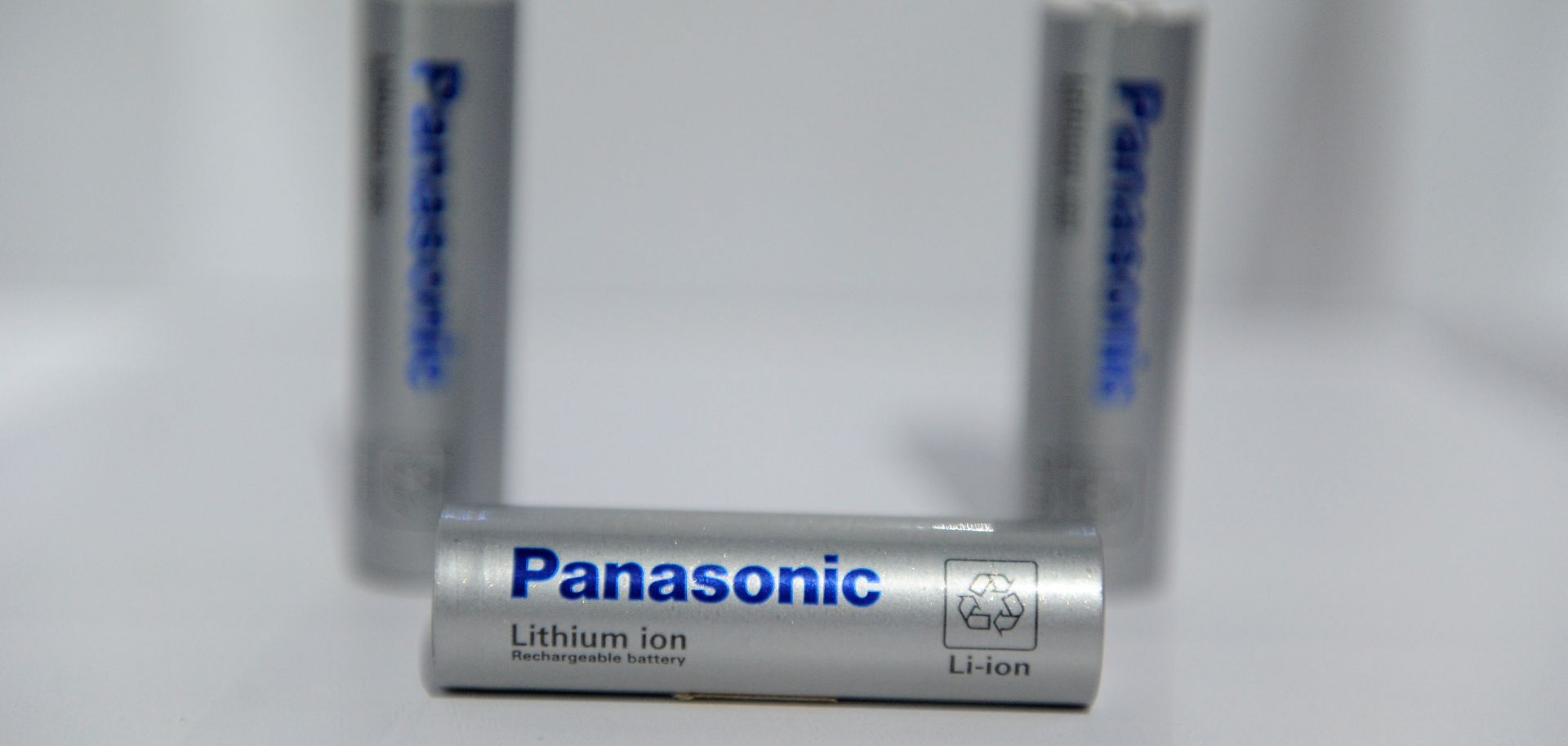
The concept of the battery has existed for centuries. Alessandro Volta invented what is widely considered the first modern battery in the early 19th century. Today, the lead-acid battery helps to power traditional motor vehicles, and until the 1990s, the zinc-carbon battery, followed by the alkaline battery, have been the stalwarts of the disposable battery technology that powers many consumer electronics. The advent of the lithium-ion battery, used in cellphones and computers, traces back more than 30 years to John Goodenough, who pioneered lithium-cobalt-oxide batteries while at Oxford in 1980. But it was not until Sony commercialized the product in 1991 that the lithium-ion battery began its ascent.
There are three basic parts to a traditional battery: the anode, the cathode and the electrolyte. When discharging (releasing stored energy), electrons move from the anode to the cathode, facilitated by the electrolyte. When charging, the subatomic particles move in the opposite direction. Lithium owes its prevalence in battery technology in large part to its small atomic size. Lithium ions can intercalate (fit) into a battery's electrode without significantly changing its size or configuration, a trait that will be hard to replicate with other materials. However, sodium and magnesium — which have similar electronic properties as lithium, albeit in a larger atom — could eventually be suitable substitutes.
Until then, to improve energy density and other important properties, researchers in government labs, businesses and academia are working to come up with the next generation of lithium-ion batteries. But the intricate combination of materials science, physics and engineering can at times make battery development seem more like an art than a science. Working with a limited set of chemical elements and configurations, scientists have a finite set of options with which to concoct a battery. Extensive research has been performed to determine which elements will pair best with lithium in the cathode. Cobalt, nickel and manganese are the most common materials, and each company guards its exact formulations. Consequently, battery technology as a field has advanced at a slow rate.
Moreover, the lithium-ion battery as we know it is approaching its limits. Eventually, it will fall short of meeting rapidly growing and shifting market demands, and alternative solutions will be needed. The transition will be difficult and lengthy; it can take five years or more to configure a plant to produce batteries on a commercial scale, depending on the changes between different generations of batteries. As the demands of current technology begin to exceed the capabilities of existing batteries, however, the drive to expand beyond the lithium-ion battery will increase. In time, the technological leaps made in labs around the world will bring new kinds of batteries to the market.



